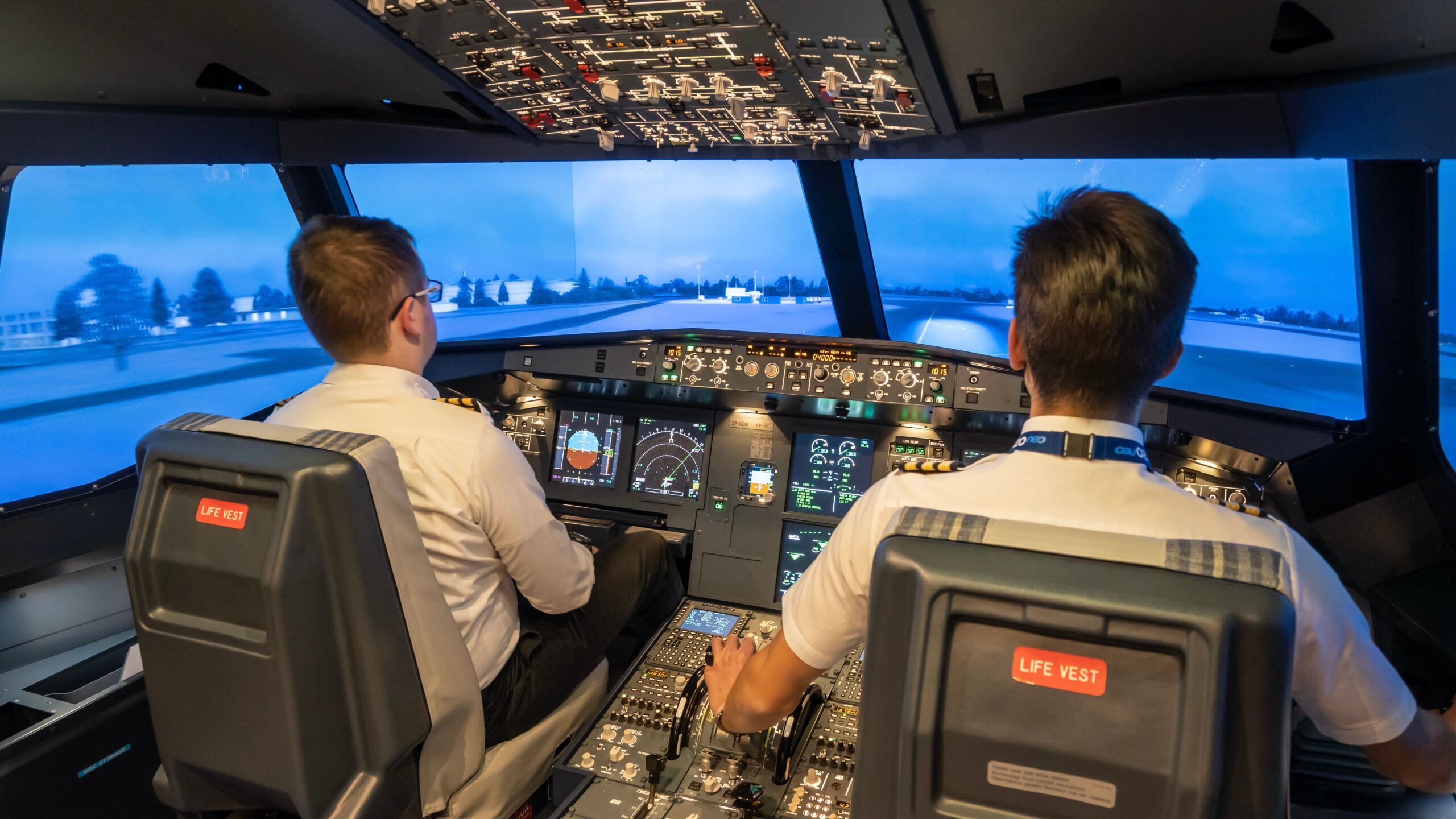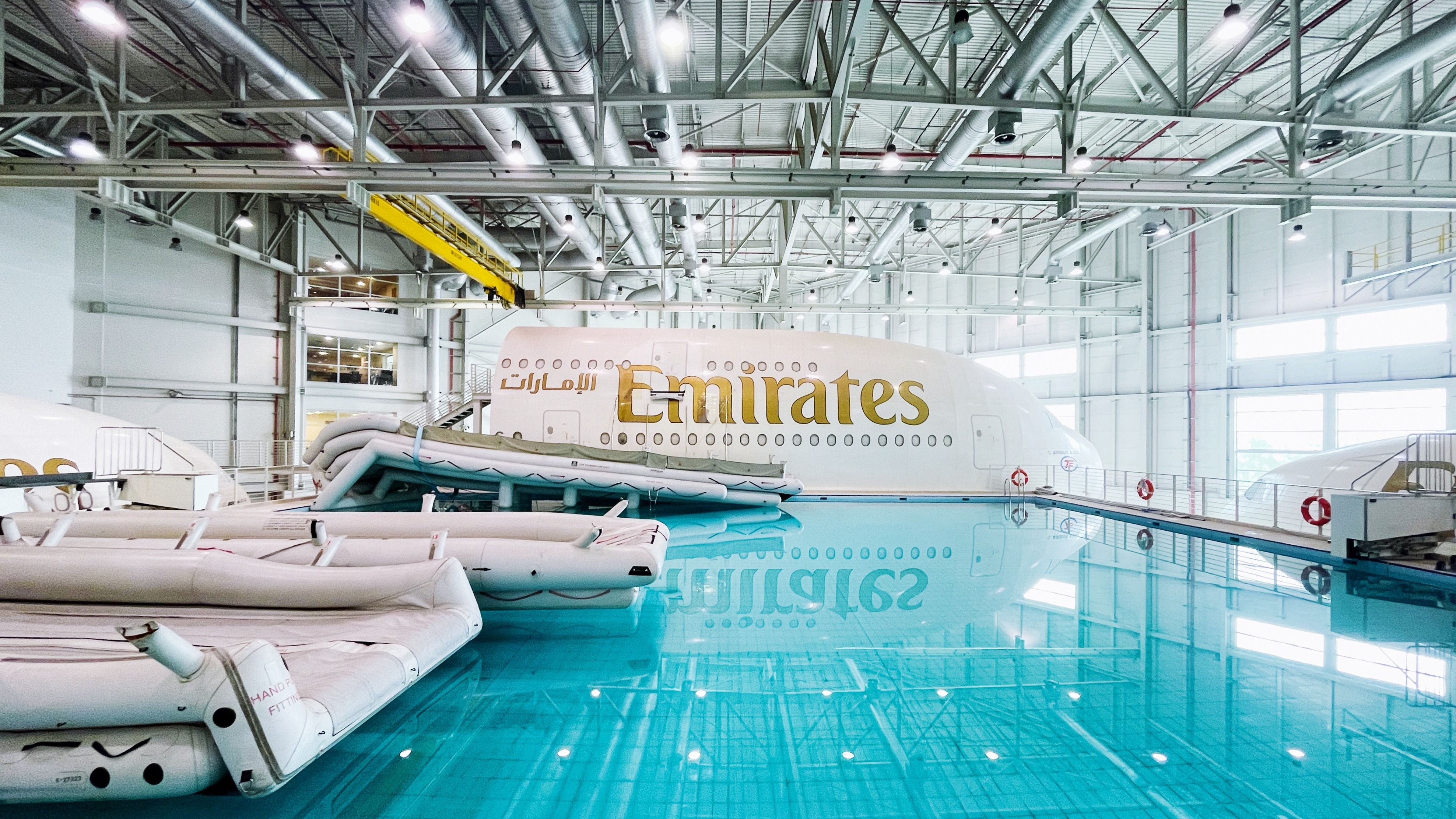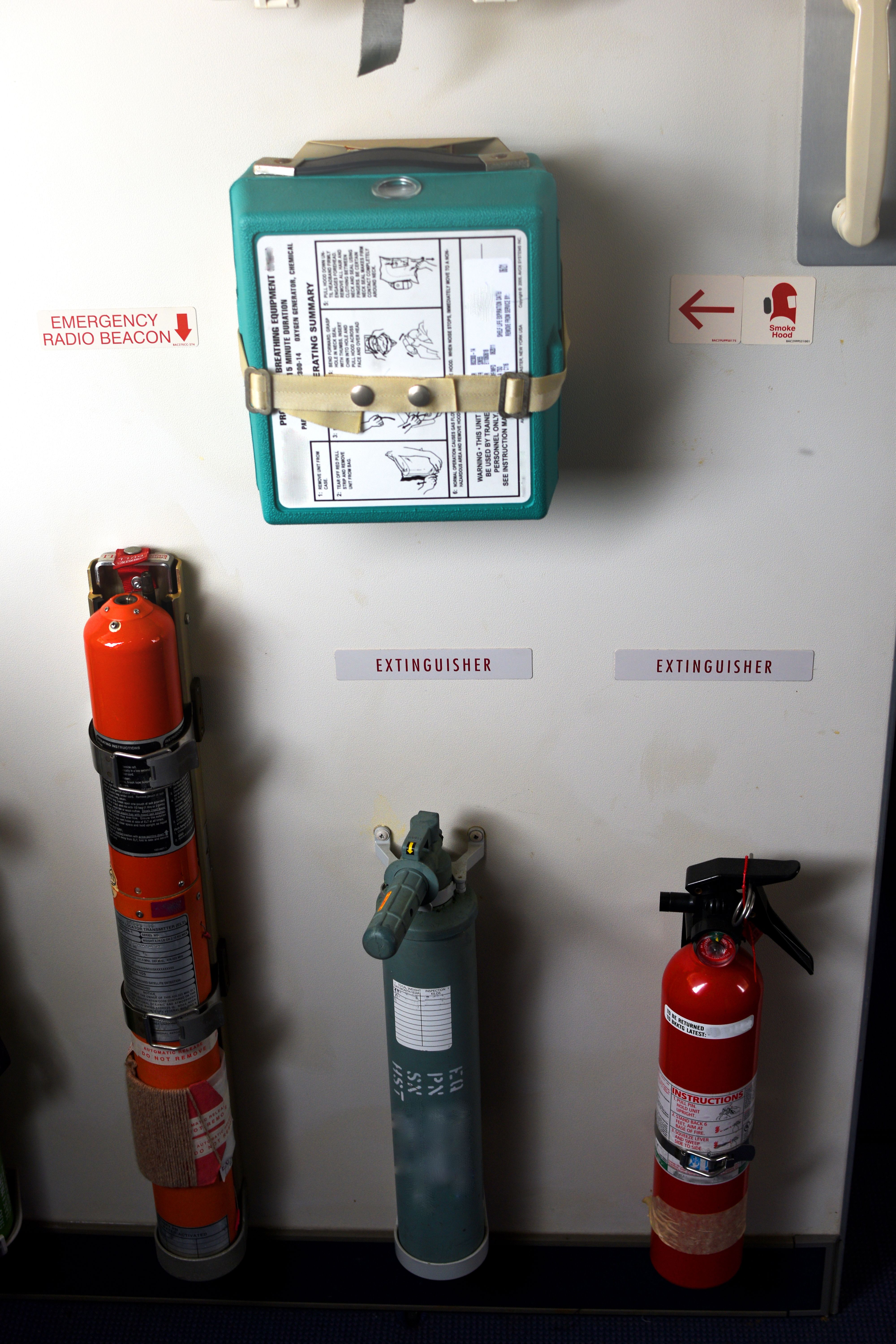Summary
- ASTC offers hypoxia training, first aid, and survival gear familiarization to prepare pilots for emergencies effectively.
- CAMI provides a one-day survival course covering psychology, search/rescue, fire starting, water survival techniques.
- Realistic simulations, gear technology, and NTSB education ensure pilots are well-equipped for survival in the event of a crash.
In aviation, safety is paramount. As much as pilots are trained to navigate through clear skies and smooth landings, they must also be prepared for worst-case scenarios, including the rare but serious possibility of an aircraft crash. To ensure they are ready to handle such emergencies, student pilots undergo rigorous training designed to equip them with the skills and knowledge needed to manage their way through various crash scenarios effectively.
The foundation: Aviation Survival Training Centers (ASTC)
The Aviation Survival Training Center (ASTC) plays a crucial role in preparing pilots for emergencies. Located at various Naval Air Stations (NAS) across the US, including Jacksonville, these centers are dedicated to offering realistic and comprehensive survival training. This is not just about learning how to fly—it’s about learning how to survive when things go wrong.
Photo: Orso Bianco | Shutterstock
According to The Florida Times-Union, key components of the ASTC training include:
- Hypoxia Training: Pilots experience the effects of reduced oxygen levels using the Reduced Oxygen Breathing Device (ROBD). This device simulates the hypoxic conditions that might be encountered at high altitudes, helping pilots recognize symptoms such as dizziness, fatigue, and loss of peripheral vision.
- First Aid: Practical first-aid training is crucial. Pilots learn to treat a variety of crash-related injuries using medical simulation mannequins. The training emphasizes quick thinking and effective treatment in high-pressure situations.
- Survival Gear Familiarization: Pilots are taught the use of essential survival gear, including flight suits, helmets, and signaling equipment. This training ensures that they can effectively use their equipment in a crisis.
- Underwater Egress Training: One of the most challenging aspects is underwater egress training, where students practice escaping from a submerged aircraft. Using the Modular Shallow Water Egress Trainer (MSWET), students are flipped upside down underwater while strapped into their seats. They must then unbuckle themselves and locate and open an exit before surfacing—a procedure that simulates escaping from a sinking aircraft.
Basic survival training by the FAA Civil Aerospace Medical Institute (CAMI)
The FAA’s Civil Aerospace Medical Institute (CAMI) offers a comprehensive survival training course that is essential for student pilots. This one-day post-crash survival course provides foundational knowledge on how to cope with a variety of survival scenarios.
Preparing for an event that may never occur is not always easy. However, if you take the time to prepare yourself both mentally and physically, your chances of survival will increase dramatically. Having the right frame of mind and being able to think productively are critical. Having knowledge of the intended use of gear, or the ability to improvise using gear, increases confidence and ultimately your chances of survival.
— FAA, Basic Survival Skills for Aviation
According to the CAMI Survival Manual, the core topics covered include:
- Psychology of Survival: Understanding the mental fortitude and will to survive required to survive in extreme conditions.
- Search and Rescue Operations: Learning how to signal rescuers and what to expect during a rescue operation.
- Fire Starting and Shelter Building: Practical skills for survival in both hot and cold environments.
- Water Survival Techniques: Including the use of rafts and other flotation devices, as well as helicopter rescue procedures
This training also emphasizes the importance of preflight preparation, ensuring pilots are equipped with personal survival kits tailored to the specific environments they may encounter, such as desert, arctic, and marine conditions.
Learning from the past: the importance of NTSB education
Student pilots are also taught the importance of studying past accidents through the lens of the National Transportation Safety Board (NTSB). According to a Flying Mag article, understanding what constitutes an accident, the procedures for reporting incidents, and the lessons learned from historical crashes are vital components of a pilot’s education. This knowledge helps future pilots not only avoid making the same mistakes but also develop a mindset geared toward safety and risk mitigation.
Practical applications: simulations and realistic training scenarios
Realism is key to effective training. At ASTC, for example, conditions like rain, smoke, and darkness are simulated to create challenging environments that mimic real-life emergencies. This hands-on approach ensures that pilots are not just theoretically prepared but are ready to apply their training in the most difficult situations.
Photo: Phoenixproduction | Shutterstock
Realistic Training Techniques
- Simulated rain and smoke to mimic adverse conditions
- Darkened environments to challenge visibility
- Extended water survival drills including oil-covered water scenarios
- Parachute drop exercises followed by water egress training
Gear and technology
Beyond the fundamental training, student pilots are also introduced to the latest technology and gear that can aid in survival. For instance, many personal survival kits now include advanced signaling devices and portable communication tools that can significantly increase the chances of a successful rescue. The incorporation of modern technology in these kits, such as GPS-enabled distress beacons, reflects the continuous evolution of survival strategies in aviation.
Photo: Santi Lumubol | Shutterstock
In addition, the CAMI course discusses the use of thermal (cold) chambers and smoke evacuation labs, which provide pilots with firsthand experience of managing extreme conditions and disorienting environments. These practical applications ensure that pilots are prepared for the physiological and psychological stresses that can occur during a crash.
Wrapping it up
Student pilots are equipped with a comprehensive set of skills that prepare them for the unlikely event of a crash. From mastering the psychological aspects of survival to learning the practical skills needed for different environments, their training ensures that they are ready to face any emergency. Through a combination of hands-on experience, realistic simulations, and lessons from past incidents, these future aviators are trained to not only fly but also to survive their worst day in the skies.




